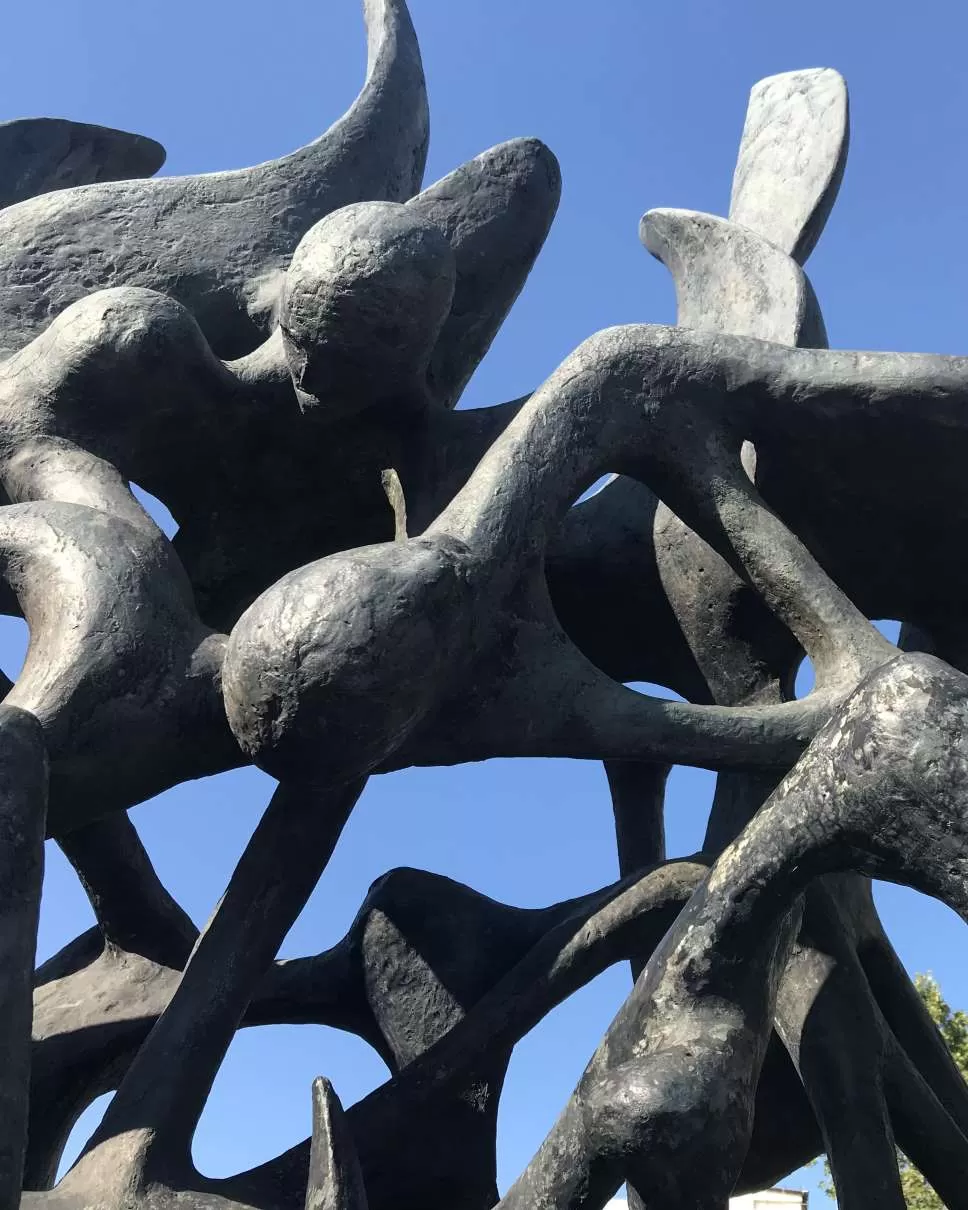


In 1537, the Jewish poet Samuel Usque described Thessaloniki as the “city and mother of Israel”. Today, monuments and buildings highlight the stories of people that once walked the same streets that residents and visitors walk by every day, underlining the importance of history and of keeping the memory alive…
The heart of the Israelite community was beating in what is today the district of Louloudadika. Besides, the 16th century Ottoman bathhouse still holds the name “Yahudi”, namely of the Jews. Important buildings of the community were located in the same neighborhood, such as the Talmud Torah, which possessed libraries, synagogues, a theological school etc. In the location of these buildings, which were destroyed during the 1917 fire, was built the famous Modiano Market. Its architect was Eli Modiano, an important member of the Jewish community who studied in France. During the inauguration, in March 1925, bands played music and waiters offered champagne and black caviar to the esteemed guests. Recently, the symmetrical, solid and minimal construction with the glass roof and the natural light, constructed in line with other French markets of the era, was restored, thus recalling the district’s past and setting a new course for the future.
The Monastir Synagogue was constructed in 1927 by the Aroesti family and by Jews originating from the city of Monastir. This impressive two-story building, designed by the Czech Jewish architect Eli Ernst Levy, with its symmetrical façade, the Byzantine and eastern influences and elements from older synagogues, was during World War II the center of the ghetto created in the wider region. It is the only surviving synagogue, as it was used as a storage area by the Red Cross, thus becoming a witness to the history of the blooming Jewish community of Thessaloniki. After the war, the few surviving Jews organized once again their community life in the city. Today, it is the central synagogue and one of the most important monuments of the community.
The deportation of the Jews, even though it started from the moment the Germans invaded Thessaloniki, was systematically organized around the following year. On Saturday the 11th of July 1942, the occupying army ordered all male Jews aged 18-45 to gather at Eleftherias Square in order to be recorded in work lists. Thousands of men gathered there early on, only to find themselves surrounded from the start by German soldiers carrying weapons. For hours and hours, they were subjected to unspeakable suffering under the hot summer sun. At this place of torture, a sculpture was placed in 2006, made by the Serbian Nandor Glid, who had also created, among others, a similar sculpture at the Dachau concentration camp. The burning Menorah, based on a complex of human skeletons, stands there to remind us of the “Black Sabbath” of the Greek Jews, their deportation and the Holocaust.
Written by Vasiliki Kartsiakli, for Welcome Magazine // Hyatt Regency Thessaloniki